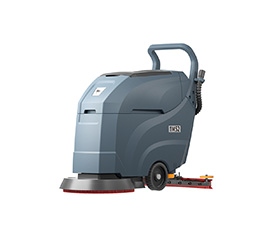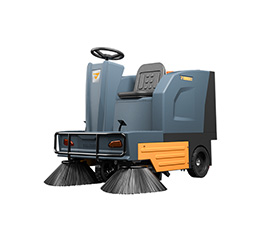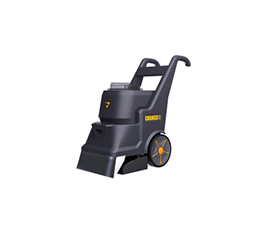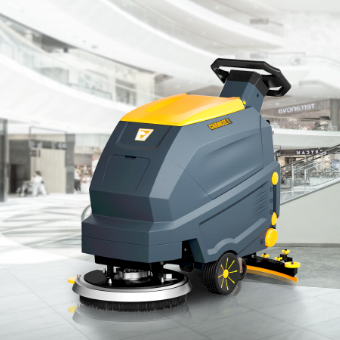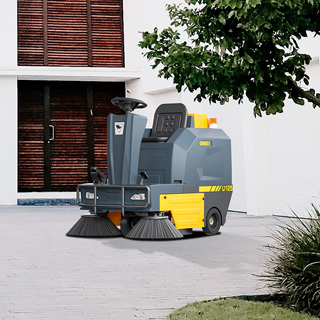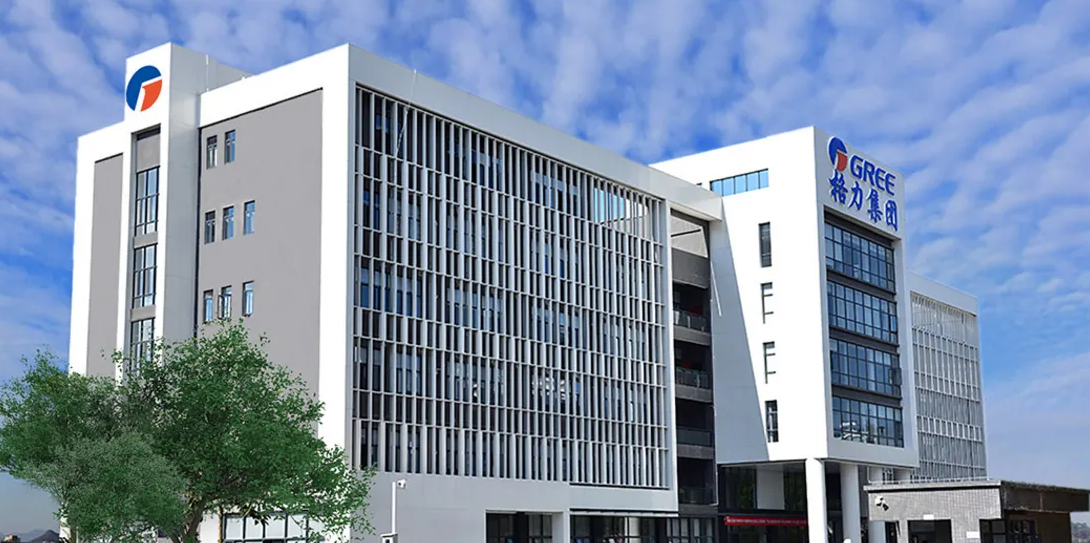About the Author:
Written by Chancee .Your Trusted Cleaning Equipment Manufacturer
Chancee Technology is a leading OEM & ODM factory responsible for manufacturing cleaning equipment for renowned brands such as Yangzi and Royalstar. With a keen focus on industrial and commercial cleaning solutions.
With a robust presence in China, Chancee operates from 4 sprawling production bases, spanning over 300,000 square meters. The company offers an extensive range of products, including floor scrubbers, sweepers, vacuum cleaners, high-pressure cleaners, cleaning tools, and detergents, totaling to more than 1,000 quality items across various categories.
Whether you are in need of cutting-edge cleaning solutions for industrial or commercial applications, Chancee Technology stands as your trusted partner in delivering superior quality, innovation, and reliability in the realm of cleaning equipment manufacturing.

Maintaining a high standard of cleanliness is paramount in hospital environments to mitigate infection risks and ensure patient safety. Despite the critical nature of cleanliness, traditional cleaning methods often struggle to keep up with the demands of busy healthcare facilities due to frequent foot traffic and stringent hygiene protocols.
Importance of Mechanized Cleaning
Mechanized cleaning, specifically through automatic floor scrubbers and robotic technologies, offers a transformative solution to these challenges. These advanced cleaning systems are designed to enhance efficiency, consistency, and effectiveness in maintaining hospital cleanliness.
Benefits of Automatic Floor Scrubbers and Robotic Technologies
Benefits of Automatic Floor Scrubbers:
Efficiency: Automatic floor scrubbers are equipped with powerful scrubbing mechanisms and suction capabilities, allowing them to clean large areas quickly and thoroughly. They significantly reduce cleaning time compared to manual methods.
Consistency: These floor scrubber machines ensure a consistent level of cleanliness across hospital floors by following pre-set cleaning patterns. This reduces the risk of human error and ensures that all areas receive equal attention.
Adaptability: Operators can adjust the settings of automatic scrubbers to accommodate different floor types (e.g., tile, vinyl, concrete) and cleaning requirements (e.g., light cleaning, deep scrubbing), enhancing their versatility in hospital settings.
Benefits of Robotic Floor Scrubbers:
Autonomous Operation: Robotic scrubbers operate autonomously, navigating hospital floors with precision using sensors and mapping technology. This reduces the need for manual supervision and allows cleaning staff to focus on other critical tasks.
Continuous Cleaning: Some advanced robotic scrubber cleaners are capable of 24/7 operation, which is ideal for maintaining cleanliness during off-peak hours or overnight without disrupting hospital operations.
Data-Driven Cleaning: Modern robotic scrubbers can collect data on cleaning performance, including coverage area, cleaning times, and water usage. This data can be used to optimize cleaning schedules, improve efficiency, and track compliance with hygiene standards.
Impact on Hospital Productivity
Enhanced Staff Efficiency: By automating routine cleaning tasks, hospital staff can allocate more time to patient care and clinical duties, improving overall workflow efficiency.
Improved Infection Control: Mechanized cleaning systems play a crucial role in infection prevention by consistently removing pathogens and contaminants from hospital surfaces. This contributes to a safer environment for patients, staff, and visitors.
Patient Safety and Experience: Cleaner hospital environments enhance patient safety and comfort, positively impacting patient satisfaction scores and supporting faster recovery times.
Implementation and Considerations
Infrastructure Integration: Deploying automatic and robotic floor scrubbers requires careful planning to integrate seamlessly with hospital layouts, patient flow patterns, and operational schedules.
Staff Training: Proper training for cleaning staff is essential to ensure efficient operation, maintenance, and troubleshooting of mechanized cleaning equipment.
Cost Efficiency: While initial investment costs may be higher than traditional cleaning methods, the long-term benefits—including reduced labor costs, improved cleanliness, and enhanced patient outcomes—justify the expense.
Conclusion
Incorporating automatic and robotic floor scrubbers into hospital cleaning protocols represents a significant opportunity to enhance productivity, efficiency, and patient safety. These technologies not only streamline cleaning processes but also contribute to a healthier environment for everyone within the hospital setting.
Call to Action:
Healthcare administrators and facility managers should explore the benefits of mechanized cleaning solutions tailored to their hospital’s specific needs and operational challenges. Investing in advanced cleaning technologies is an investment in patient care, staff well-being, and overall hospital performance.


